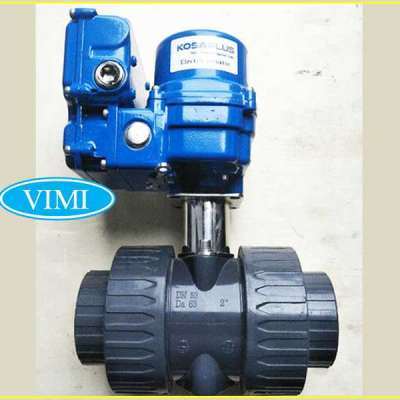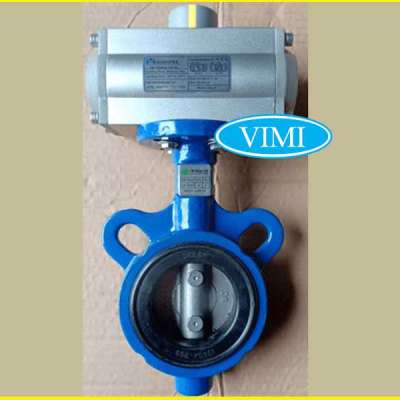The report "Sprinkler Irrigation Systems Market by Type (Center Pivot, Lateral Move, and Solid Set), Crop Type (Cereals, Oilseeds & Pulses, and Fruits & Vegetables), Mobility (Stationary and Towable), Field Size and Region – Global Forecast to 2025" The sprinkler irrigation systems market is projected to reach USD 2.7 billion by 2025, from USD 2.4 billion in 2019, at a CAGR of 1.9% during the forecast period. The market is driven by factors such as the shift from traditional irrigation methods to technologically advanced irrigation systems and increased public and private support for irrigation projects in developing economies.
Agricultural market cycles around the world have made growers and governments realize the importance of irrigation in increasing agricultural production and yields. Sprinkler irrigation, also known as mechanized irrigation, is a system for crop irrigation that involves the aid of machinery, engineered to pump a specific amount of water, with the ability to control and monitor the water resource, resulting in water and energy savings. The flexibility of advanced sprinkle equipment, and its efficient control of water application, make the method useful in most topographic conditions.
Schedule a call with our Analysts to discuss your business needs: https://www.marketsandmarkets.....com/speaktoanalystNe
North America is projected to dominate the sprinkler irrigation systems market by 2025.
North America held the largest share of the global market. This region extensively uses sprinkler irrigation systems to maximize production and increase its export of agricultural commodities. Due to the presence of large farms and high farm income, the adoption rate for center pivot and lateral move sprinkler irrigation systems is high in the region. Additionally, North America is highly competitive due to the presence of major global players such as Lindsay Corporation (US), Valmont Industries Inc. (US), and Reinke Manufacturing Company (US).
Significant businesses showcased:
Valmont Industries (US), Lindsay Corporation (US), Jain Irrigation Systems Ltd. (India), The Toro Company (US), Rivulis Irrigation Ltd. (Israel), Netafim Limited (Israel), Rain Bird Corporation (US), T-L Irrigation (US), Reinke Manufacturing (US), Nelson Irrigation Corporation (US), Hunter Industries (US), Mahindra EPC (India), Alkhorayef Group (Saudi Arabia), Elgo Irrigation Ltd. (Israel), Antelco Pty Ltd. (Australia), and Irritec (Italy).
The cereals segment dominated the sprinkler irrigation systems market in 2018.
Based on crop type, the cereals segment is observed to hold a dominant share in the market. Cereals and oilseed crops are mainly cultivated in large fields, where mechanized irrigation can be used. Moreover, irrigation scheduling facility based on climatic conditions, land topography, and the crop type, in cases of crop rotations, promotes the use of mechanized systems. Owing to the advantages of efficient water management and reduced labor requirements, there is an increased demand for mechanized systems in the irrigation of fields with cereal and oilseed crops.
Market Driver: Shift from traditional irrigation methods to technologically advanced irrigation systems
The growing awareness about the advantages of sprinkler irrigation among farmers is causing a rapid shift from flood irrigation toward sprinkler systems. The major factor encouraging this trend is the concern regarding water wastage in flood irrigation as well as the leaching associated with it. Though the initial capital for the installation of the systems is high, the return on investment associated with the cost after 2-3 years, as well as the availability of a wide range of sprinkler system components, encourage producers to adopt sprinkler irrigation systems. The downward trend of flood irrigation is due to its disadvantages such as poor water-use efficiency, inability to irrigate uneven terrains, and uneven water distribution.
To know more get a PDF Copy: https://www.marketsandmarkets.....com/pdfdownloadNew.a
The oilseeds & pulses segment is projected to be the fastest-growing crop type for sprinkler irrigation systems from 2019 to 2025.
The sprinkler irrigation systems market, by crop type, is estimated to be dominated by the cereals segment in 2018. However, the oilseeds & pulses segment is projected to be the fastest growing through 2025. Oilseed crops provide management options for irrigators seeking to reduce irrigation requirements, diversification, and/or to reduce input costs. Many parameters collectively influence the profitability and financial feasibility of oilseeds & pulses. To achieve maximum profitability, the annual cost of crop production is required to be maintained. Irrigation is one of the important factors affecting the profitability and quality of oilseed & pulse crops.
Gefällt mir
Kommentar
Teilen















